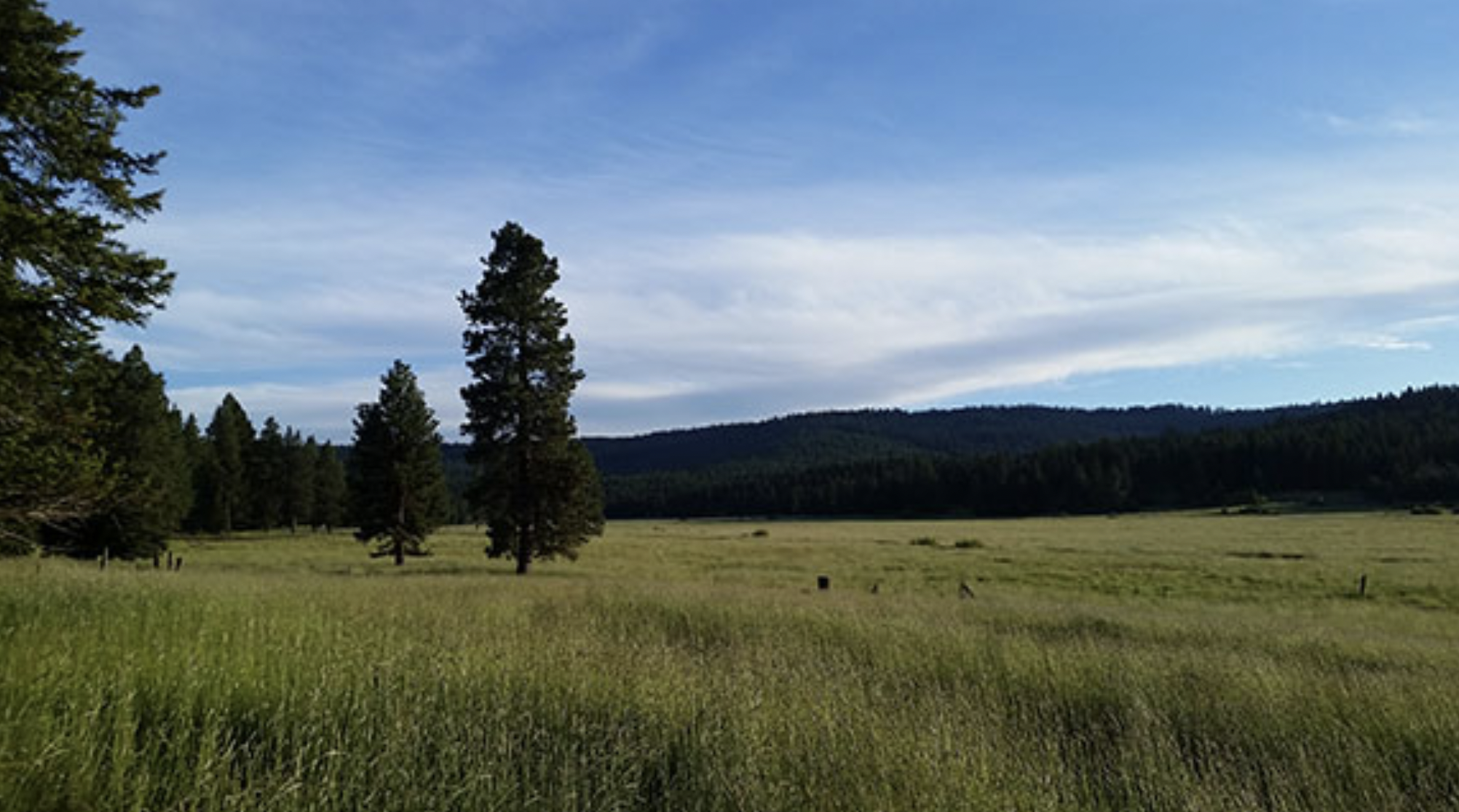Mapping the Meadow
Originally published January 16, 2020
Image: Oregon Conservation Strategy
The Oregon vesper sparrow is a subspecies of the vesper sparrow. It was once a common bird in western grasslands and savannas of southwestern British Columbia, western Washington and Oregon; and in a small portion of northwestern California.
Over the past few years, Oregon's population has continued to decline at a rate of 5% each year. Declines of Oregon vesper sparrows have been linked to loss of grassland habitat. Agricultural practices can also threaten this species. Oregon vesper sparrows are susceptible to predation by cats, ground squirrels, skunks, and raccoons. 10 years ago, research suggested that there were 3,000 Oregon vesper sparrows across the state. Now, as we enter 2020, the population is around 2,000 birds, according to the Oregon Vesper Sparrow Study.
The Vesper Meadow is a 323 acre meadow located in Ashland, and is home to a diverse range of species like the Wilson’s snipe, sandhill cranes, river otters, snakes, elk, and of course, its namesake: the vesper sparrow.
Declining populations of any native species can be disastrous to the health of an ecosystem, since every species has a part to play in keeping its ecosystem happy and healthy. This is why the grantwork of Klamath Bird Observatory at the Vesper Meadow Education Program to gather insights on the Oregon vesper sparrow population has been so crucial to understand the sparrows’ movements.
Between April-July 2019, Klamath Bird Observatory conducted 10 research visits to Vesper Meadow, recording all sparrow detection and movements. These visits started at sunrise and lasted four hours each, which came to a total of 40 hours of in-field research!
Once all of the research was compiled into a digital map, it was found that there are 33 territories where Oregon vesper sparrows can be within the Vesper Meadow area. Throughout the meadow's +320 acres, sparrows are more commonly found near the edge of the meadow near the coniferous forest. While some territories were established near the center of the meadow, it may have been too wet during breeding season for the sparrows to establish ground nests in the middle of the meadow. Researchers also found that some sparrows enjoyed perching on stumps and low branches near the perimeter.
Very few sparrows were found in the Lily Glen area, which suggests that either juvenile sparrows are generally farther away and living out of the area, or that juvenile survival rates are lower in the Rogue Basin than they are in other areas across the Pacific Northwest.
The digital map that came from this initial research will help the Vesper Meadow Education Program, other researchers, and biologists take vital next steps in their study on the health of the Oregon vesper sparrow. Specifically, it will help identify limiting factors for the meadow’s sparrow population, like if the birds are surviving and returning to the meadow to breed or if they’re experiencing high mortality and choosing to breed in Central California instead.
Do you want to help make future research projects like this one possible, and help build a better future for Oregon’s bird populations? Consider donating to the Oregon Wildlife Foundation and help us fund wildlife, habitat and conservation projects all across the state!



